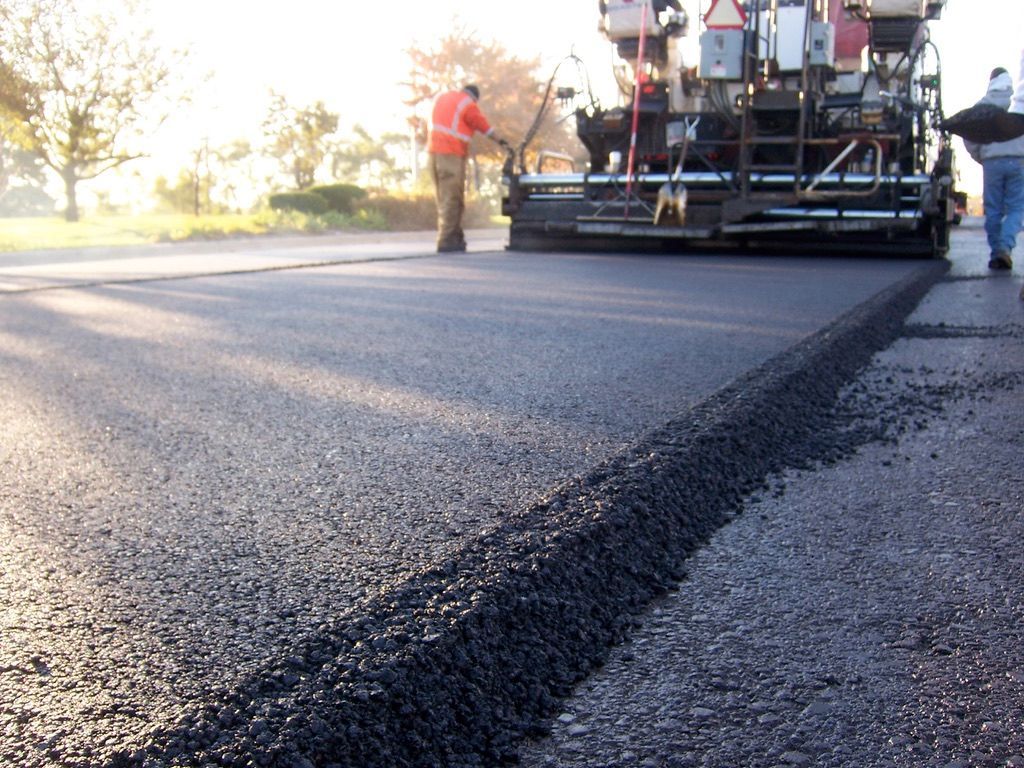Do Asphalt Overlays Require Maintenance After Installation?
Overlays need the same maintenance as any asphalt paving construction. Asphalt sealcoating should be performed as soon as the overlay is cured, and the sealcoating procedure should be repeated at the interval recommended by the asphalt paving company that installed your overlay. Should cracks develop in the overlay, you should have them repaired as quickly as possible. Overlays should be cleaned periodically to remove automotive fluids that have leaked from vehicles, piles of dead leaves or grass clippings, and accumulations of trash or other debris.
How Long Does an Asphalt Overlay Last?
Like your original pavement, the life of an overlay will depend on the use of your pavement, the care that it receives, and the quality of the installation. That said, most asphalt contractors consider the life expectancy of a properly installed, well-maintained overlay to be anywhere from 10 years to 15 years.
Are Some Pavements Not Good Candidates for Asphalt Resurfacing?
Conceivably, asphalt contractors could install an overlay on any pavement. The question that arises is whether resurfacing is cost-effective for the specific pavement. Here are a few situations in which you might be better off to have your pavement reconstructed instead of resurfaced.
1. The pavement’s base and subbase have become eroded or unstable beneath more than a third of your pavement. Without repairs to the pavement’s supporting foundation, the overlay can begin to develop cracks, potholes, or depressions. The cost of the paving services to correct widespread damage to the base could offset much of the savings that an overlay should provide.
2. The same is true if the pavement has widespread damage that is more than superficial. Large, scattered areas of alligator cracking, numerous potholes that are deep and wide, and numerous large cracks that extend far below the surface can reduce the cost-effectiveness of an overlay.
3. The design of the original pavement does not match the current use. For example, a parking lot that was engineered for passenger vehicles is now used exclusively by large numbers of fully loaded tractor-trailers. Because the base and the pavement were never intended to support that kind of weight, the trucks are inflicting severe damage on the existing pavement. The overlay will suffer the same type of damage, so it would be better to redesign and reconstruct the pavement from the ground up to ensure its ability to support the change.
4. The pavement deteriorated prematurely from causes that cannot be corrected without tearing out the existing pavement. Unless the cause of the premature deterioration is addressed, the overlay will also deteriorate prematurely. For example, if the original asphalt paving company did not properly amend an insufficient soil, failed to detect a lengthy underground stream, or did not construct a proper base, an overlay will not solve your problems.
5. If your pavement is approaching or beyond the end of its life expectancy, an asphalt paving overlay may still let you delay reconstruction for a few years. However, overlaying an extremely old pavement is not always a good idea. You will need to ask a trustworthy asphalt contractor to evaluate your pavement’s current condition to determine whether an overlay is a cost-effective solution.
If you think that an asphalt overlay might be the right solution for your pavement, contact the experts at Black Hawk Paving for a free consultation and quote. We serve the entire Chicagoland area with a variety of paving services, including asphalt resurfacing, sealcoating, asphalt paving, parking lot striping, site grading and excavation, asphalt repair, car stops, crack sealing and routing, sewer repairs, traffic sign installation, asphalt milling, pavement markings, and concrete curbing and flatwork. To request a free quote, fill out our online form, or call 708-479-0400.


